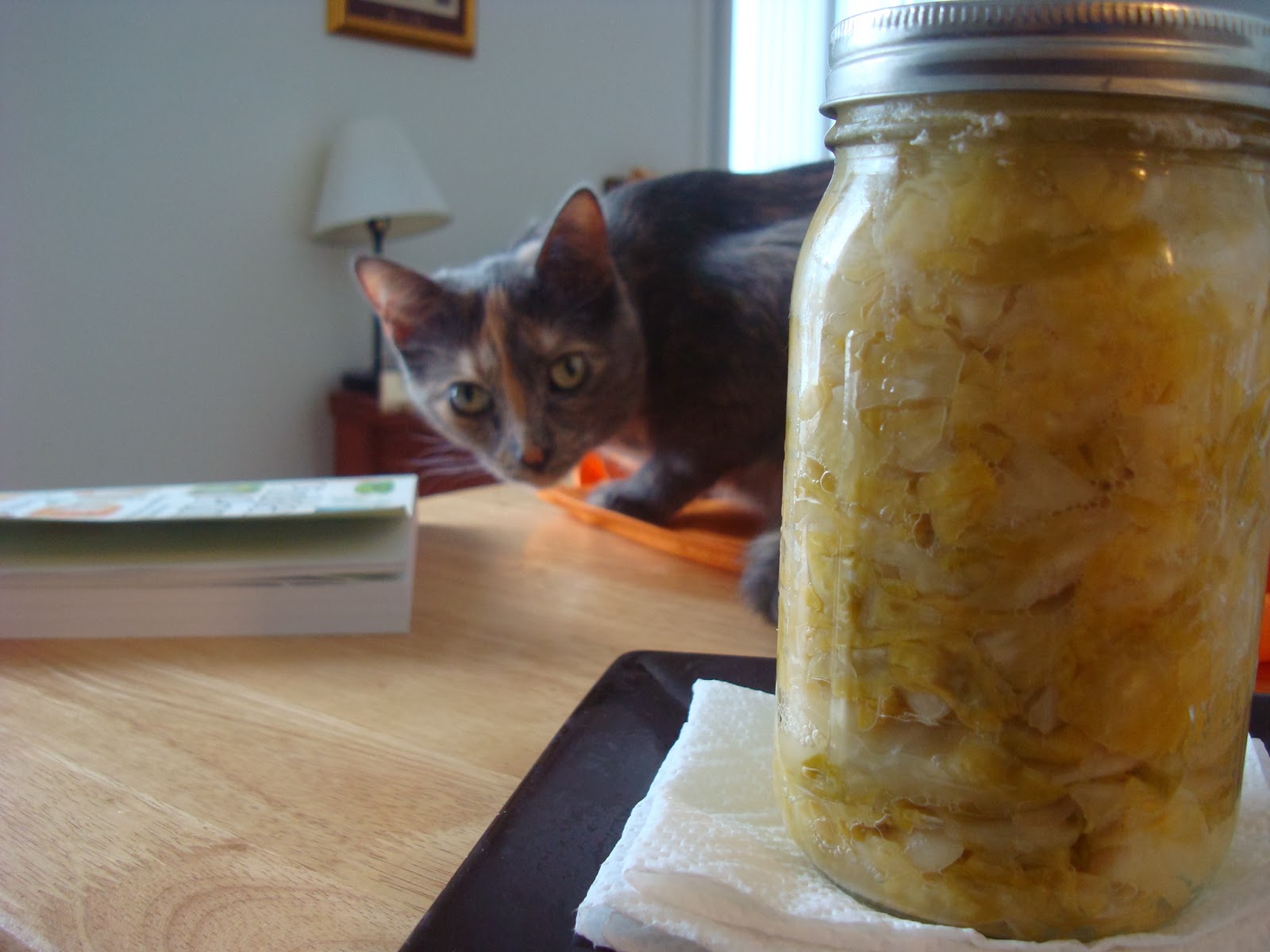The New Year has arrived and so has snow.
A lot of snow. When I lived in Texas, snow was this rare wondrous sort of thing. Here, it's pretty common, but being so, you develop a more intimate relationship with it. It can come down in small, hard pellets that squeaks when you step into it. It can come down in these massive tufts that looks like someone dumped a load of down pillows into a wood chipper. It can come down in this fine sort of dust that swirls and eddies, forming white dirt devils and leaving the parking lot covered in miniature wind swept dunes.
The Inuit are purported to have a hundred words for snow. This isn't entirely true. In Inuit, you tack nouns and adjectives together to make new, longer words. Like German. So, rather than having a hundred distinct words for frozen precipitation, like sleet, hail, snow in English, they have cobbled-together descriptive words. Like whitesnow, fluffysnow, snowontheground, snowthatfliesupyournostrilsandmakesyournosebleed.
Even living as far south as Illinois, you think about snow differently. You look out the window in the morning, not to see whether it's snowing, but to see what kind of snow it is.
Since we can't get out and run or take pictures of Lincoln statues, we've started doing inside activities. And this year, 2014, this will be the year of the pickles.
All Puckered Out
Pickling is what happens when acid goes to work on vegetables. It changes the molecular structure of the cell walls, making the vegetable crispy, preserving them.
When people who pickle say pickle, they mean any pickled vegetable. We associate pickle with pickled cucumber thanks to Jewish immigrants in New York. They opened up delicatessans and served a pickled cucumber spear with every sandwich and a great American passion was born. In the UK, pickled cukes are called gherkins and the word pickle refers to pickled onions served in pubs.
There are two types of pickles. Fermented and Fresh Pack.
Fresh Pack pickles are what you see lining the grocery store shelves. Look next time you go. Most of the jars will say Fresh Pack on the label. You dunk a cucumber in vinegar (acetic acid) and then send it through the canning process. It can then last for months if not years at room temperature.
When you ferment pickles, you let our old friend from the cheese-making days do the work. Lactobacillus. You pack the cukes in a salt water brine to kill the bad bacteria and let the good bacteria eat the cucumber sugars and poop out lactic acid. The lactic acid pickles the cukes. Since fermented pickles have live cultures, you have to store them in the fridge when they're ready, to slow down the ferment.
On the other hand, fermented pickles can be canned like fresh pack pickles once they've reached the level of fermentation you prefer.
Controlled Rot
That's what fermenting aficionados call it. Everything is covered in bacteria that are waiting for an opportunity to start munching. The benefit of fermenting vegetables (over fresh packing them) is that the bacteria preserve many of the vitamins and nutrients that the vinegar destroys.
We ferment meat and milk to get corned beef and cheese. We ferment grains to get beer. And we ferment vegetables to get pickles. Most cultures have their own pickled dish. Notably the Germans with their sauerkraut, the Koreans with kimchi, and the Japanese with miso.
I thought at first that the US was unique in the fact that we didn't eat many fermented things. Then I looked into to it. Coffee and cacao (chocolate) beans are fermented after picking and before processing. Soy sauce is fermented. Our favorite hot sauces, Louisiana, Tabasco, Cholula, Tapatio, are all made from fermented peppers.
From China, we get our most notably American ferment. Ketchup. The original Chinese sauce was made with mushrooms. Making ketchup with tomatoes became popular in America because we didn't know what else to do with tomatoes. Most people accepted the fact that unfermented tomatoes were poisonous. Scientific consensus didn't shake the paranoid myth until the mid-1800s and tomatoes didn't become a household staple until Campbell starting canning them in the 1890s.
The Smell Jar
Our pickling odyssey begins with cucumbers and cabbage.
My first cucumber pickles are quick pickles, or half sours. I added a little bit of vinegar to kick start the pickling, then let lactobacillus do the rest.
They were ready after three days, but needed a full week for the flavor to develop. These tasted better and had a better crunch than any store bought pickle I've had. Ever. Maybe with the one exception of those giant barrel pickles I used to get at movie theaters.
To make sauerkraut, I started with fresh cabbage. I basically chopped and bruised the cabbage and added salt. The salt pulled out the liquid and the cabbage formed its own brine.
I taste this every few days to monitor the flavor development. The flavor has slowly progressed from salty to pickled. It will take 4-6 weeks before it's ready, but after one week, you can already see the change in color. The little bubbles are bacteria poop.
Now, the whole house smells like rotting cabbage. Aine's not entirely thrilled. But Pig's curious.
Battling Entropy
Aine's accustomed to working 16 hours a day without downtime. Such is Grad Life. She can't handle all this free time. Have you seen the opening scenes of Apocalypse Now where Martin Sheen goes stir crazy and karate chops his hotel mirror? That's Aine.
So over the break, she set about organizing our lives. The clutter and slovenliness started to wear on her. Here's one example. The linen closet.
Before:
Obviously After:
Parting Shot
Not for the faint of heart. The grisly scene of the New Year's Day Snowman Massacre. May their souls find peace.













I have seen the 'before' linen closet with my very own eyes. My compliments to the organizer! A job well done! ;)
ReplyDelete